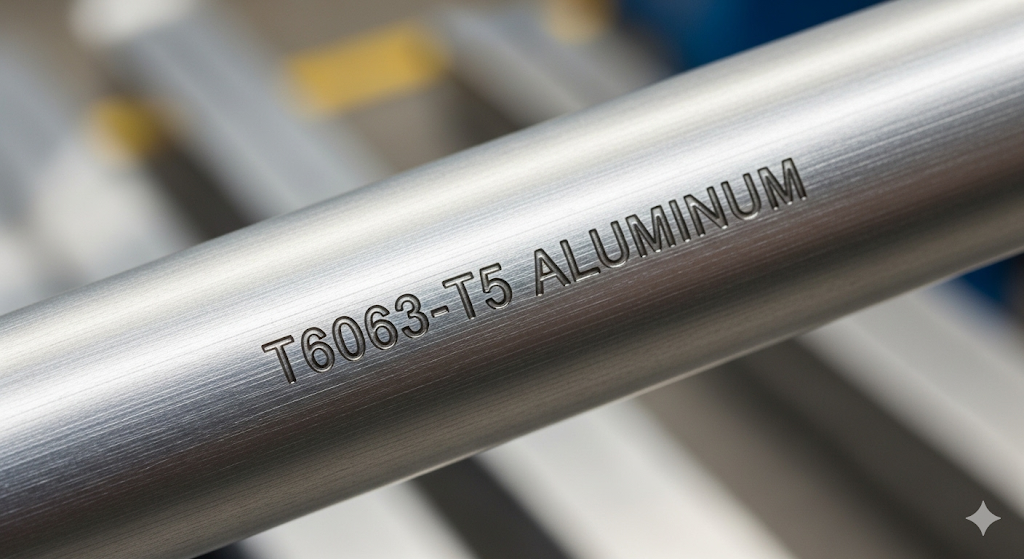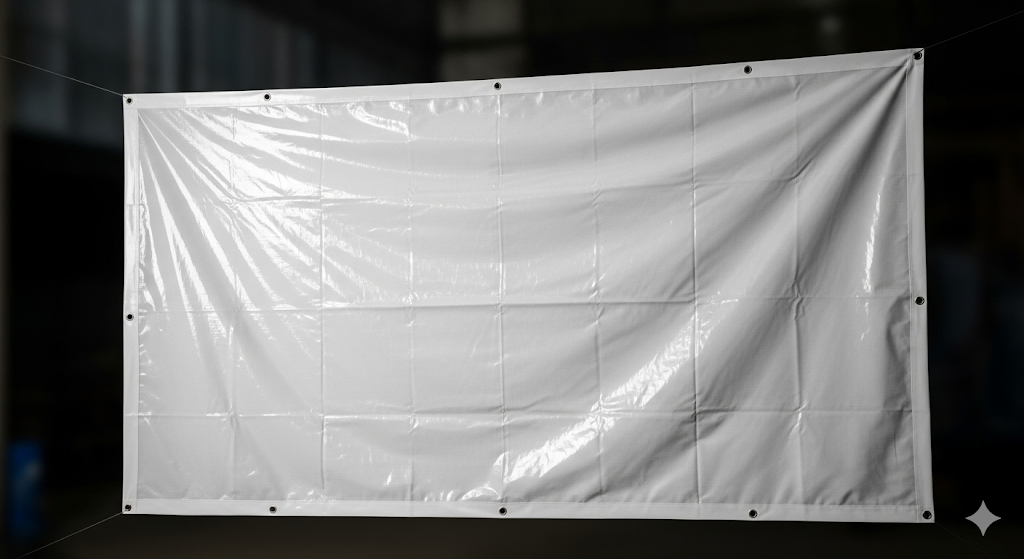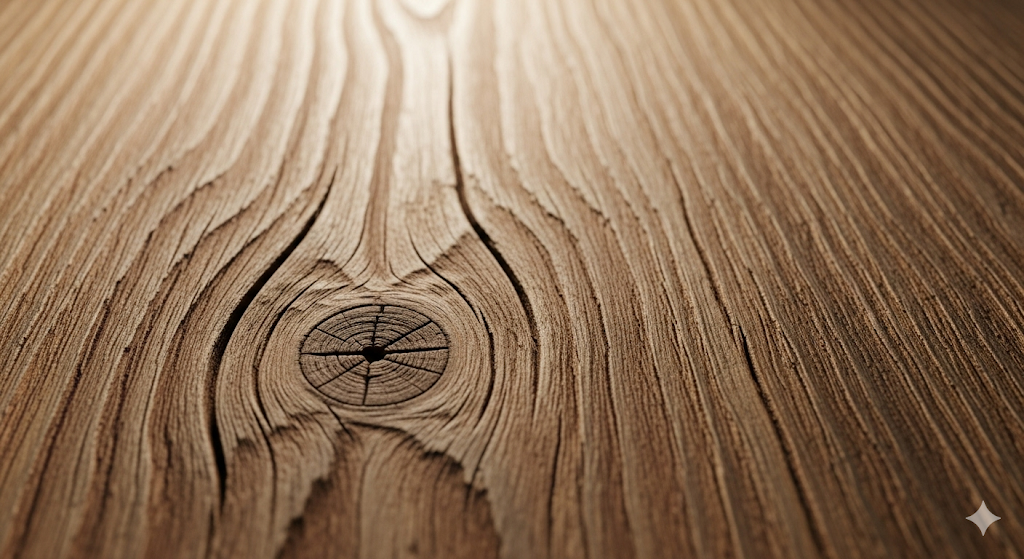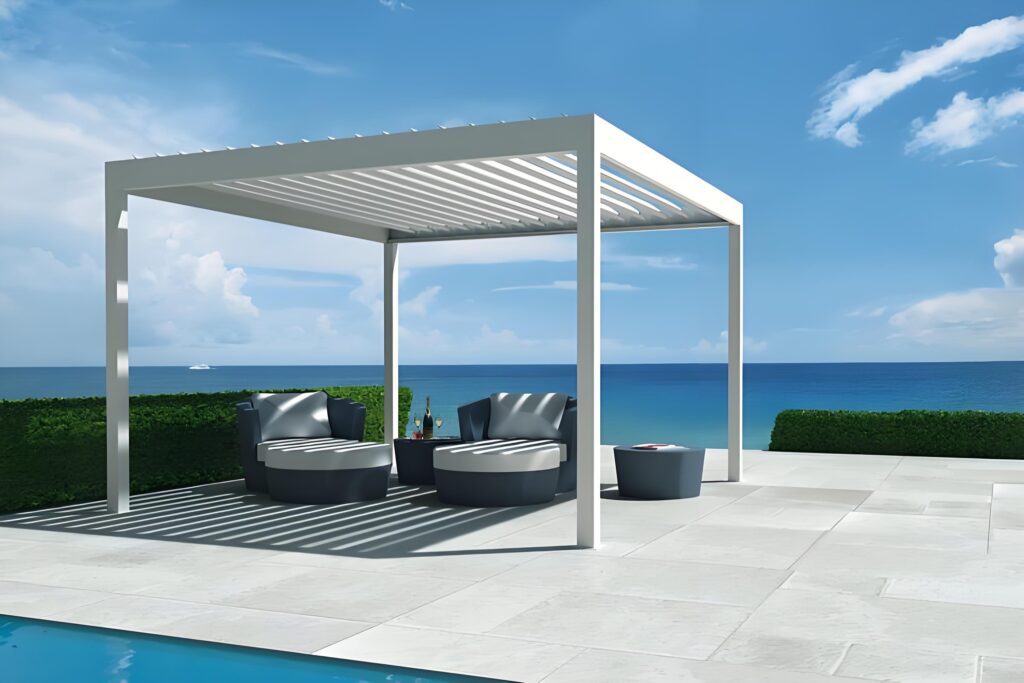Introduction
🌊
The Challenge: A Uniquely Corrosive Environment

Selecting a Coastal Pergola for a seaside environment is more than a design choice—it’s a technical challenge that goes far beyond aesthetics. The constant exposure to salt, high humidity, strong UV radiation, and unpredictable winds creates a uniquely corrosive setting where standard outdoor structures quickly deteriorate. Choosing the right Coastal Pergola means considering corrosion-resistant materials, durable finishes, and structural engineering that can withstand the harsh realities of oceanfront living while still delivering the comfort and style you want.
📋
The Solution: A Data-Driven Framework
This guide provides an expert, data-driven framework for homeowners and contractors to select a pergola system engineered for long-term survival and performance in these challenging regions. We will cover the core environmental threats, compare suitable materials head-to-head, and provide a technical checklist for making a sound investment.
Core Environmental Challenges for Coastal Pergola Projects
To choose the right pergola, you must first understand the forces it will be up against.
1. Salt Corrosion

Airborne salt particles from sea spray are relentless and highly corrosive. They settle on Coastal pergola surfaces and, when combined with moisture, accelerate the deterioration of most metals, especially steel, and can damage low-quality hardware and finishes in a matter of months.
2. High Humidity

Constant high humidity creates an ideal environment for mold, mildew, and fungal growth on porous materials like wood. For metals, it means surfaces stay wet longer, providing more time for corrosive processes like rust to occur.
3. Intense UV Exposure

Coastal areas often have high levels of direct, unfiltered sun exposure. This intense UV radiation can cause painted surfaces to fade and look chalky, and can make materials like vinyl and PVC brittle and prone to cracking over time.
4. Severe Wind Loads

Seaside locations are prone to high winds, tropical storms, and hurricanes. Any structure must be engineered not just to stand, but to withstand significant dynamic wind loads without flexing, failing, or becoming a safety hazard.
Material Comparison for Coastal Applications
Based on the challenges above, not all materials are created equal. Here is a head-to-head comparison.
Gold Standard: Marine-Grade Coated T6063-T5 Aluminum

This is the undisputed champion for coastal applications. 6063-T5 aluminum is inherently rust-proof due to its alloy composition. When protected by a high-performance, marine-grade powder coating, it offers the ultimate defense against salt, humidity, and UV rays. Its excellent strength-to-weight ratio also makes it ideal for engineering high wind resistance.
Budget Contender: PVC / Vinyl

For a coastal pergola, PVC is resistant to salt corrosion and rot, but its significant weakness in structural strength makes it unsuitable for high-wind and hurricane zones. It can also become brittle and warp after years of intense UV exposure.
High-Maintenance Option: Wood

While aesthetically pleasing, wood is the least practical material for a coastal environment. It is highly susceptible to rot and mold from humidity, and the salt accelerates the breakdown of sealants and paints, requiring constant and expensive upkeep.
Coastal Pergola Build Checklist: A Blueprint for Durability
To ensure your investment lasts, verify these four critical specifications.

1. The Right Alloy & Finish:
Confirm the Coastal pergola structure is made from 6063-T5 aluminum. Critically, ask if the finish is a marine-grade or AAMA 2604/2605 compliant powder coating. This is a much higher standard than typical coatings.
2. 316 Stainless Steel Hardware
The frame can be perfect, but if the bolts, screws, and fasteners are low-grade steel, they will be the first point of failure. For a Coastal Pergola, 316-grade stainless steel is the industry standard for marine applications due to its superior corrosion resistance. This is non-negotiable.
3. A Certified Wind Load Rating
Ask for the specific wind load rating of the pergola. For coastal and hurricane-prone regions, you should look for a structure engineered to withstand at least 100 mph (160 km/h) winds, which corresponds to a Category 2 hurricane. Always verify this against your local building codes, which can be found through resources like the Florida Building Code or similar state authorities.
4. An Unshakeable Foundation
The pergola must be anchored to reinforced concrete footings. For high-wind zones, using hurricane-rated anchor bolts is a necessary safety measure to ensure the entire structure remains securely fastened to the ground.
The Coastal Pergola Maintenance Plan
Even the best materials benefit from simple care.
The 15-Minute Rinse (Every 4-6 Weeks):
A simple rinse with fresh water is the single most effective thing you can do. It washes away accumulated salt deposits before they can slowly degrade the finish.
The Bi-Annual Inspection (Twice a Year):
Briefly check that all hardware is tight and that the drainage system is clear of any debris.
Coastal Pergola Frequently Asked Questions (FAQ)
Q1: What does “marine-grade” powder coating actually mean?
“Marine-grade” typically refers to a powder coating that meets the high-performance standards set by the American Architectural Manufacturers Association (AAMA), specifically AAMA 2604 or the even more stringent 2605. These coatings are thicker, more durable, and have superior color and gloss retention in high-UV and salt-spray environments.
Q2: Will the color of my aluminum pergola fade in the intense coastal sun?
All materials experience some change over many years, but a high-performance, AAMA 2604/2605 compliant coating on a Coastal pergola is specifically formulated with UV inhibitors to provide extreme fade resistance. It will maintain its color and integrity dramatically longer than standard coatings.
Q3: Can I use a wood pergola if I seal it every year?
You can, but it is a constant and costly battle. The pervasive humidity and salt in the air will find any microscopic crack or gap in the sealant, leading to moisture intrusion and decay from the inside out. For a long-term, low-stress solution, aluminum is the superior choice.


